VARANASI (KASHI)
BY- ISHIKA RAI (ishitravelling)
Varanasi, also known as Banaras or Kashi, is one of the oldest continuously inhabited cities in the world and holds immense historical, cultural, and spiritual significance in India. Situated on the banks of the sacred River Ganges in Uttar Pradesh, Varanasi is often referred to as the “Spiritual Capital of India.
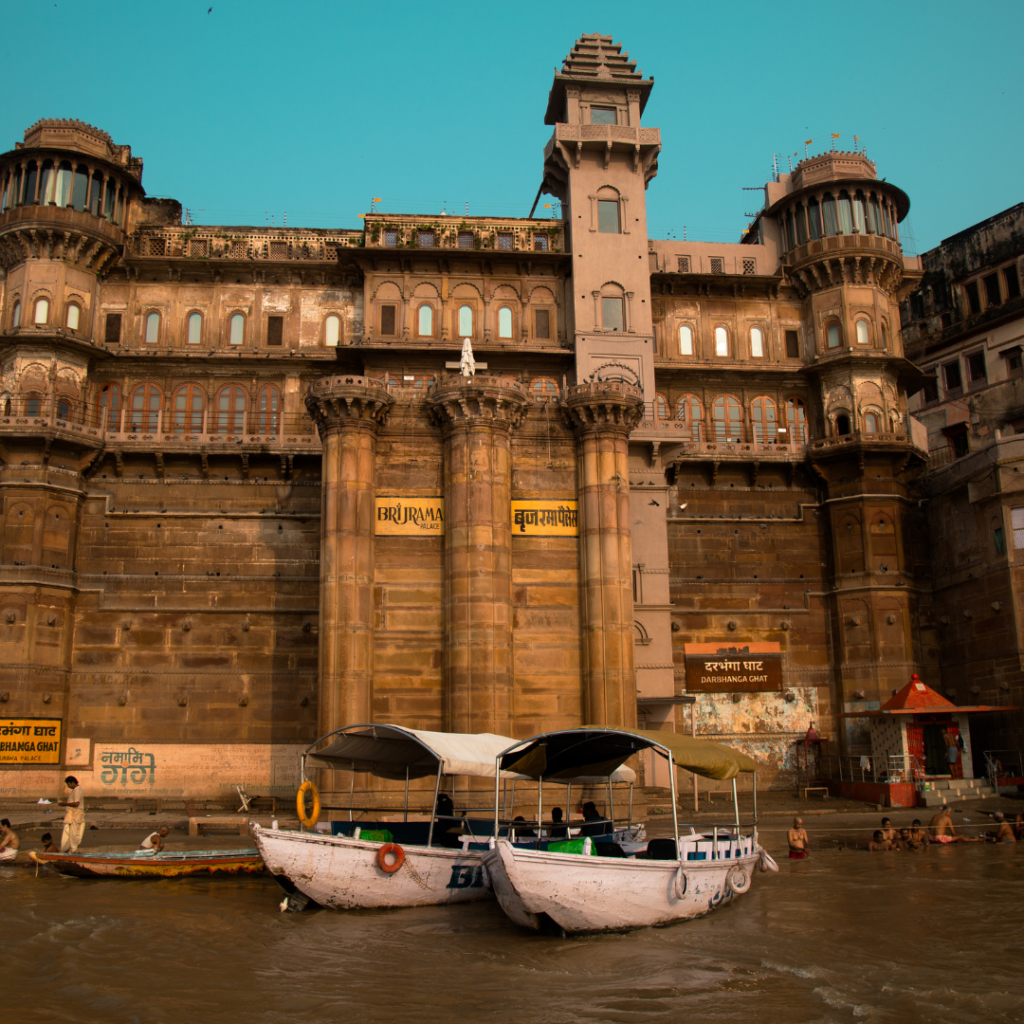
best places
Where you should go
Varanasi: A Tapestry of History and Spirituality
Varanasi, often referred to as Kashi or Banaras, is a city unlike any other. Nestled on the banks of the sacred River Ganges in the northern Indian state of Uttar Pradesh, Varanasi is a vibrant confluence of history, spirituality, and culture. With its origins shrouded in antiquity, this city holds the distinction of being one of the oldest continuously inhabited places in the world, a claim that resonates through its labyrinthine streets, timeless rituals, and enduring traditions.
The Ancient Roots of Varanasi
Varanasi’s history dates back over 3,000 years, making it a cornerstone of human civilization. According to legend, the city was founded by Lord Shiva, the Hindu deity of destruction and regeneration, lending it unparalleled spiritual significance. Ancient texts such as the Rigveda mention Kashi as a prosperous hub of learning, culture, and spirituality. Over millennia, it has been a beacon for poets, earning its reputation as the “City of Light.”
Spiritual
Significance
For millions of Hindus, Varanasi is not just a city but a pilgrimage of the soul. It is considered the holiest of the seven sacred cities in Hinduism. Believers hold that a visit to Varanasi and a dip in the Ganges cleanse one’s sins and pave the way to liberation (moksha) from the cycle of birth and rebirth. The river itself is venerated as the goddess Ganga, and her waters are thought to have divine properties. Varanasi is also a city of death—but in the most reverent sense.
A Cultural Power housel and Intellectual
Throughout its history, Varanasi has been a cradle of learning and culture. It has nurtured luminaries such as the poet-saint Kabir, the philosopher Adi Shankaracharya, and the writer Tulsidas, who penned the Ramcharitmanas here. The city’s contribution to classical music is profound, with the Benares Gharana being one of the most respected schools of Indian classical music.
Timeless Rituals and Practices
The heart of Varanasi lies in its ghats—stepped embankments leading to the Ganges. With over 80 ghats, each has its unique significance. Dashashwamedh Ghat is famous for the spectacular Ganga Aarti, a daily ritual where priests offer prayers to the river with lamps and chants, creating a mesmerizing spectacle of light and sound. The city’s narrow alleys buzz with life, lined with temples, ashrams, etc.
Varanasi is a city that defies simple description. It is a place where the past and present coexist seamlessly, where life and death are celebrated with equal fervor, and where spirituality infuses every aspect of daily life. To visit Varanasi is to experience the essence of India’s ancient soul—a journey that lingers in the heart long after one leaves its sacred shores.
Some pictures of Ghat
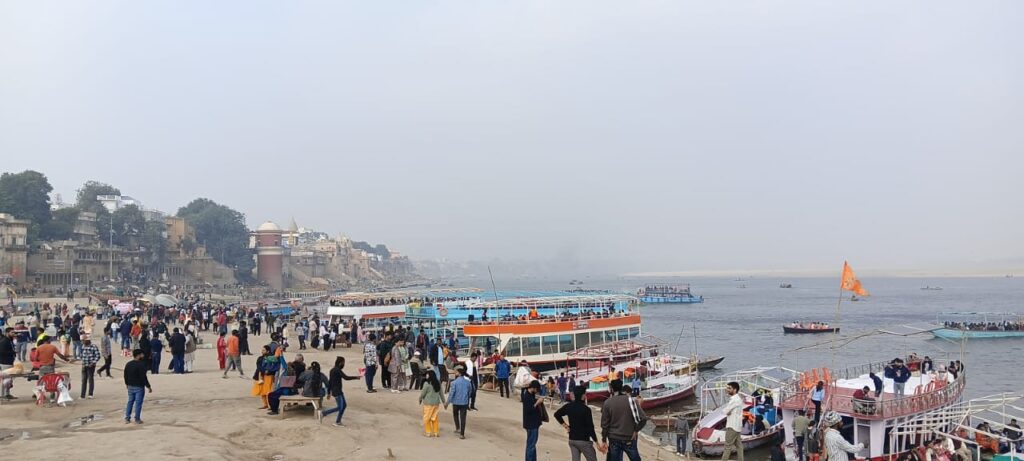
On the ghats of Varanasi, time stands still, and the river whispers stories of eternity
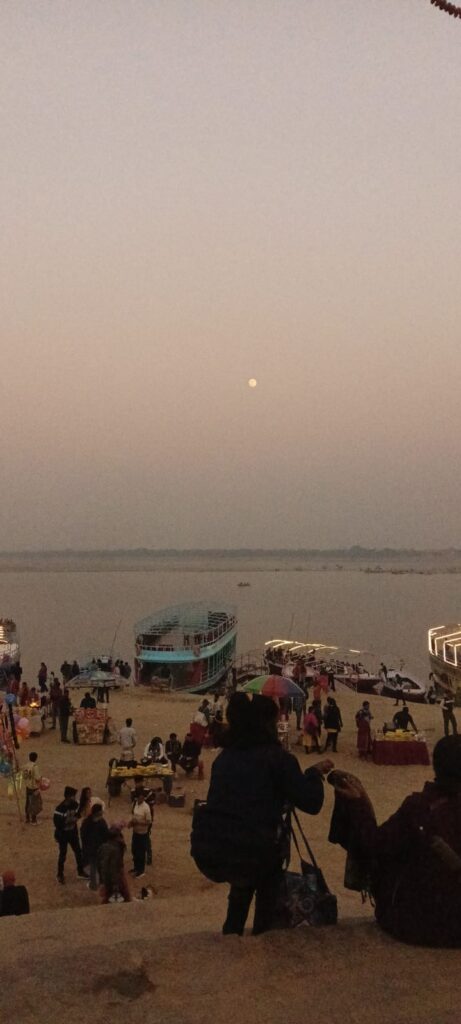
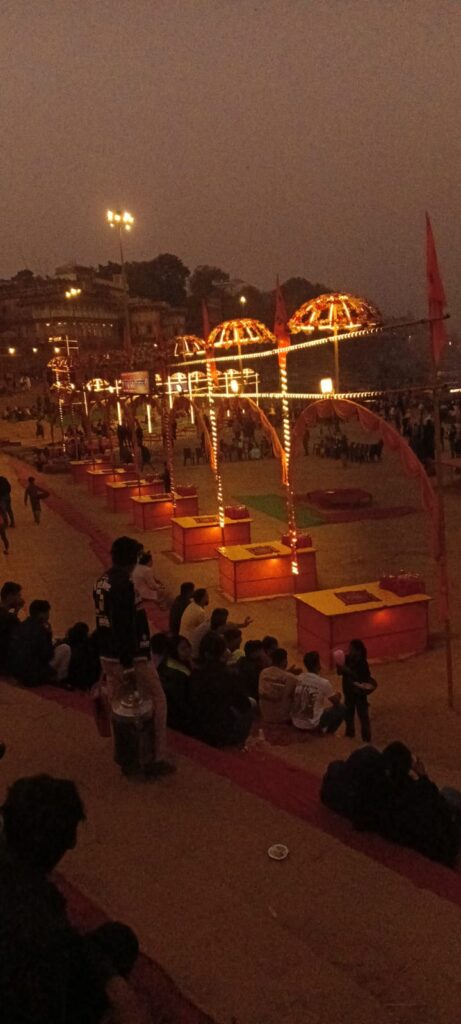
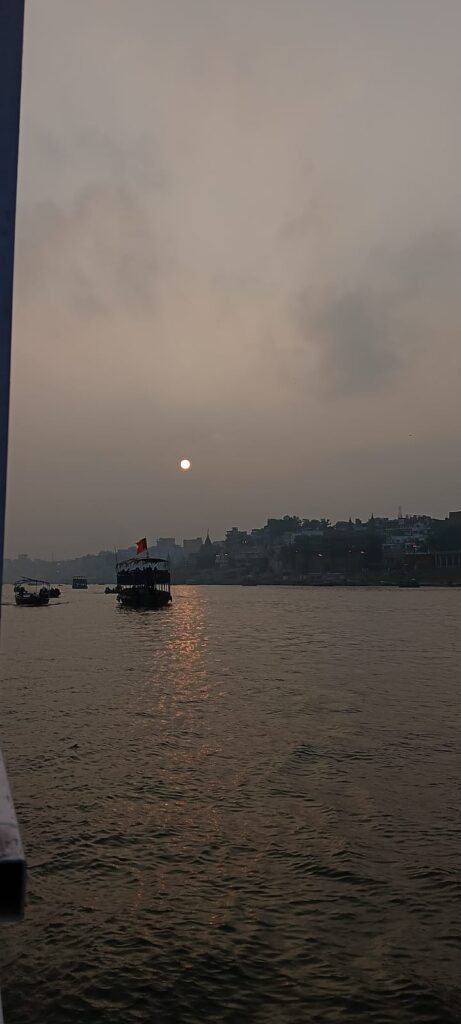
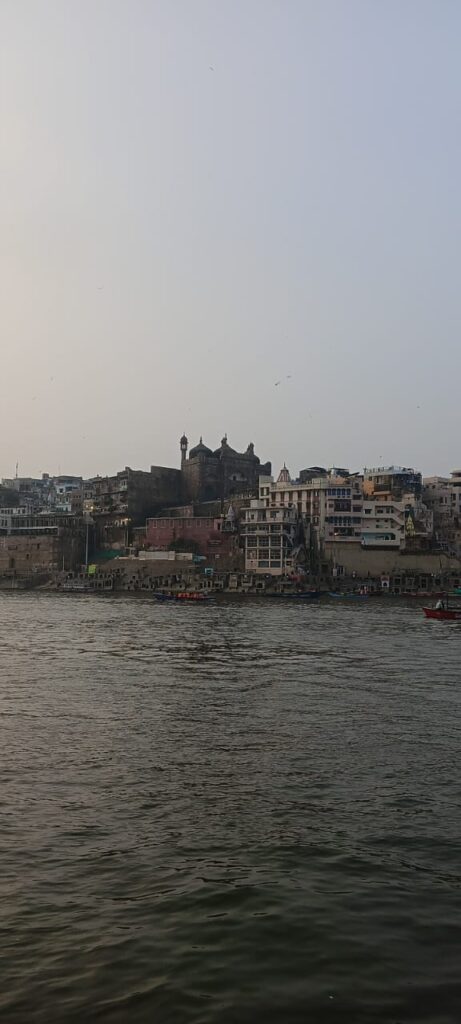
The ghats of Varanasi teach us that life flows like a river—silent, enduring, and eternal.
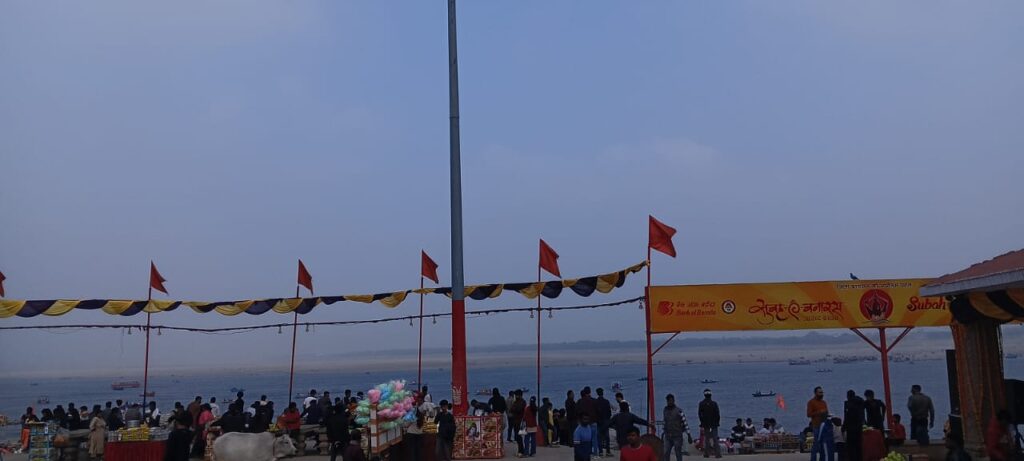
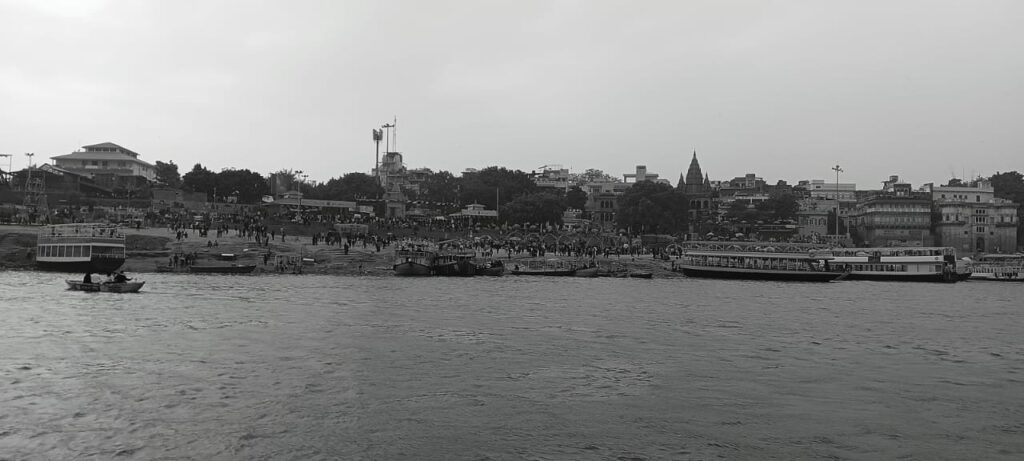
Celebrating Life and Divinity:Festivals of Varanasi
Varanasi, the eternal city by the Ganges, is not just a place but a vibrant tapestry of culture, devotion, and celebration. Known for its deep spiritual essence, this ancient city is also a hub of festivals that bring together people from all walks of life. Let’s take a journey through some of the most enchanting festivals that make Varanasi a living spectacle of tradition and joy.
1. Dev Deepawali: The Festival of a Thousand Lights
If you want to see Varanasi in its most magical form, visit during Dev Deepawali, celebrated 15 days after Diwali. On this day, the ghats come alive with millions of earthen lamps, their flickering flames reflecting in the sacred Ganges. Devotees gather to pay homage to Lord Shiva, and the entire city glows in a celestial aura. Witnessing the evening Ganga Aarti on Dev Deepawali is a once-in-a-lifetime experience.
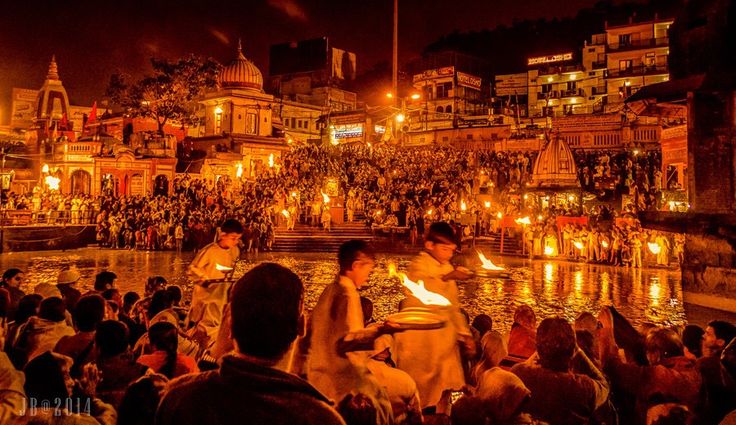
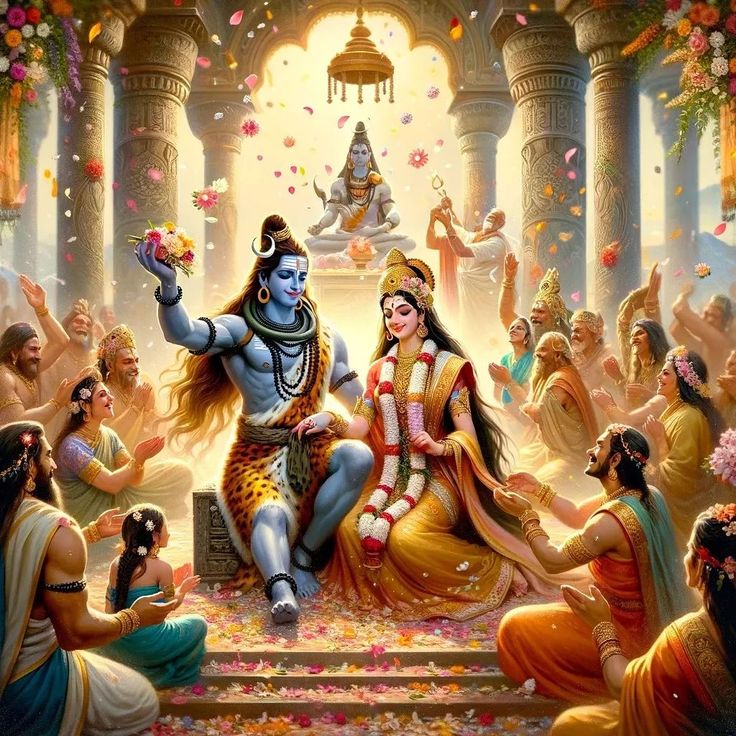
2. Maha Shivaratri: The Day of Lord Shiva
As the city of Lord Shiva, Varanasi becomes the epicenter of devotion during Maha Shivaratri. Devotees throng temples like Kashi Vishwanath to offer prayers and perform rituals. The streets buzz with energy, as processions depicting stories of Lord Shiva’s life take over the city. It’s a day of fasting, chanting, and deep spiritual connection for many.
3. Holi: A Riot of Colors
The festival of colors in Varanasi is not just about smearing vibrant hues on friends and family; it’s also a celebration of life. Starting with Holika Dahan, a ceremonial bonfire the night before, Holi in Varanasi includes music, dance, and a splash of colors at every corner. The celebration extends to the ghats and temples, where cultural performances add a unique touch to the festivities.
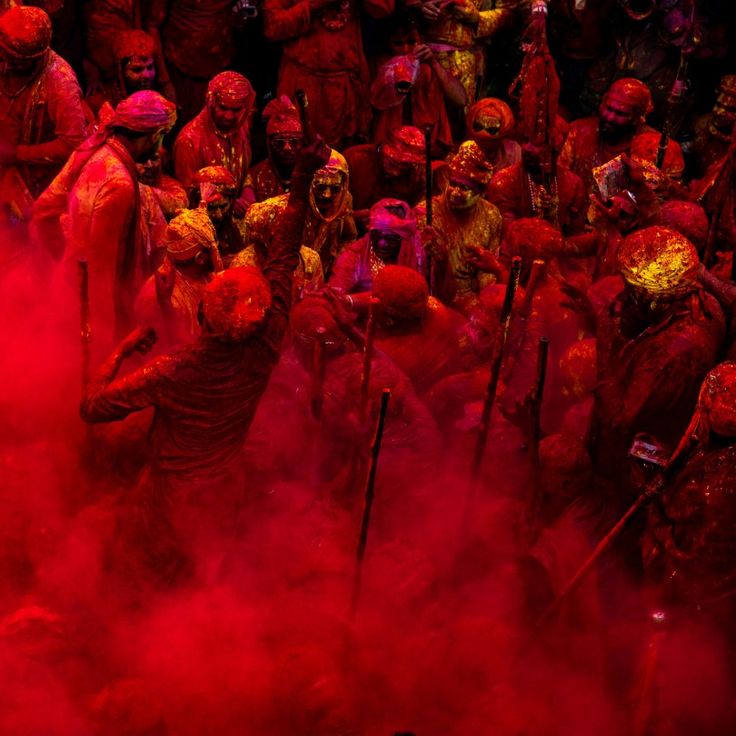
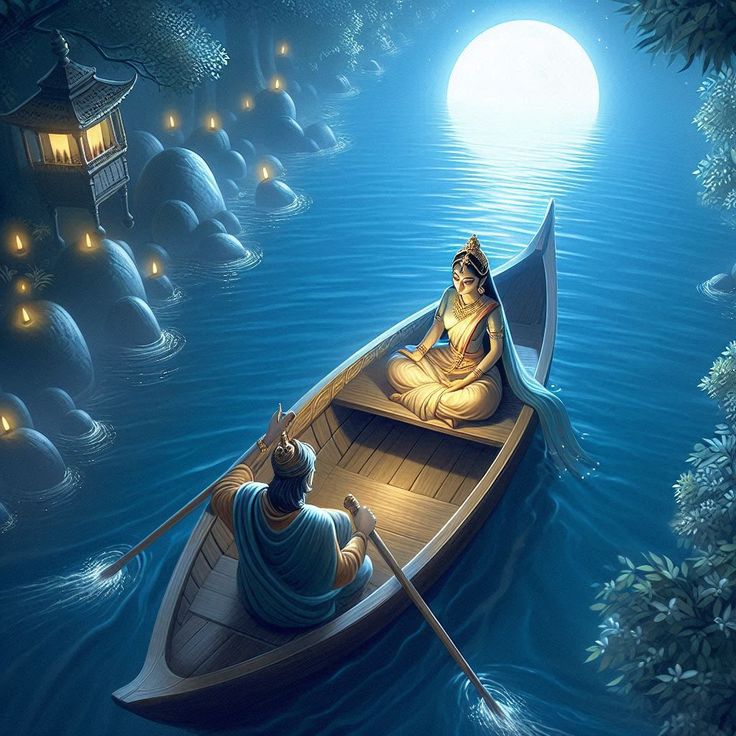
Kartik Purnima: The Night of a Thousand Lamps
Kartik Purnima marks the end of the holy month of Kartik and is celebrated with fervor in Varanasi. Devotees light diyas (oil lamps) and set them afloat on the Ganges, creating a mesmerizing scene. The festival is also associated with the beginning of the Ganga Mahotsav, a cultural extravaganza featuring classical music, dance performances, and craft exhibitions.
Exploring Varanasi Beyond Spirituality
- Sarnath:
- A short trip to the site where Buddha gave his first sermon.
- Local Food:
- A guide to must-try dishes like kachori, tamatar chaat, and Banarasi paan.
- Markets:
- Thatheri Bazaar and Vishwanath Lane for shopping.
